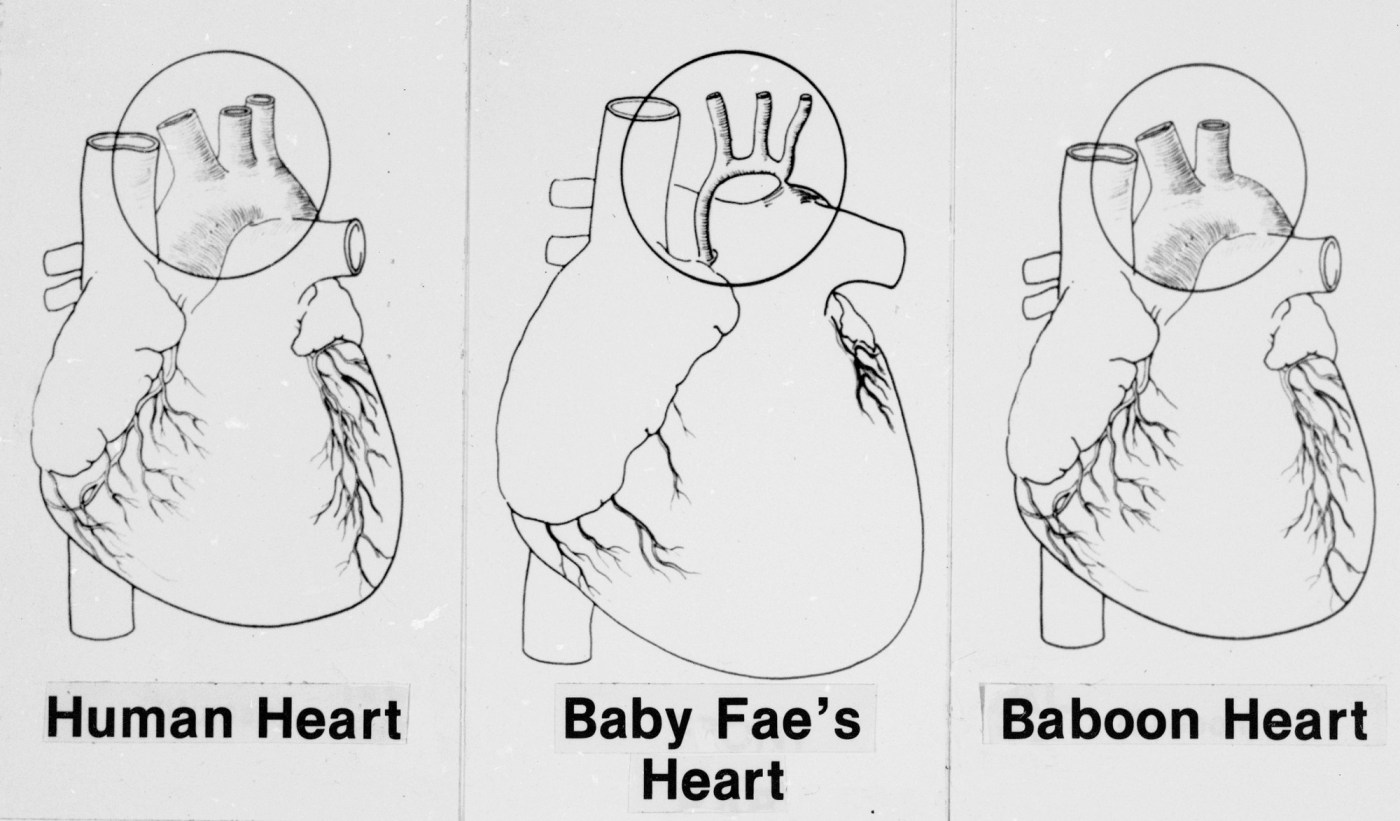Nearly 40 million people in the United States suffer from migraines, a neurological disorder that is often misunderstood and misdiagnosed. While many associate migraines primarily with severe headaches, the condition can manifest in various ways, leading to prolonged periods before individuals receive the correct diagnosis. According to Dr. Hamid S. Hamdi, a neurologist and head of the Headache Clinic at UTHealth Houston Neurosciences, “The general concept about migraine in the common population is that it’s a headache syndrome.” This perception overlooks the diverse range of symptoms that can accompany migraines.
The complexity of migraines can result in diagnostic challenges for both patients and medical professionals. Neurologists often take a cautious approach, initially ruling out other serious conditions such as stroke before attributing symptoms to migraines.
Recognizing Non-Headache Symptoms
Migraines can present with several symptoms that do not involve headaches, often surprising those who experience them for the first time. Here are six notable non-headache symptoms that migraine sufferers may encounter:
**Food Cravings**
In the days leading up to a migraine attack, individuals may enter a prodromal phase characterized by irritability, fatigue, and surprising food cravings. Many report a sudden desire for salty foods, sweets, or chocolate. Dr. Hamdi notes that research has shifted focus from blaming chocolate as a migraine trigger to understanding that cravings for such foods may signal an impending migraine.
**Vision Changes**
Approximately 20% of migraine sufferers experience a visual aura, which can manifest as shimmering spots or zig-zag lines in their field of vision. Dr. Thomas Bravo, a neurologist at Loma Linda University Health, explains that these disturbances are likely caused by a wave of electrical activity in the brain. While the experience can be alarming, understanding its connection to migraines can alleviate some anxiety.
**Speech Difficulties**
Some migraine sufferers experience temporary language impairments, known as aphasia. This can lead to challenges in forming coherent sentences or even slurred speech. Dr. Bravo emphasizes that these symptoms often prompt immediate medical evaluation to exclude other serious conditions, such as stroke.
**Sensory Sensitivity**
Increased sensitivity to light, sound, and smells is common in migraine sufferers. Everyday stimuli may feel overwhelmingly intense, prompting individuals to seek refuge in dark, quiet spaces. Dr. Brian Gerhardstein, director of headache medicine at JFK Neuroscience Institute, highlights the phenomenon of tactile allodynia, where even light touches can provoke pain.
**Motor Changes**
Hemiplegic migraines, though rare, are associated with significant motor changes, including temporary weakness or paralysis on one side of the body. Dr. Gerhardstein stresses the importance of seeking urgent medical care when these symptoms arise, as they can mimic the signs of a stroke.
**Abdominal Pain**
Abdominal migraines can present with severe stomach pain, nausea, and vomiting, often without a headache. These symptoms are particularly prevalent among children and can complicate diagnosis. Dr. Gerhardstein notes that when pediatricians rule out other causes, migraines may emerge as the final diagnosis.
Effective Management Strategies
The reasons behind why some individuals experience migraines while others do not remain multifaceted. Factors include hormonal influences, particularly estrogen, and genetic predispositions. Migraines are often progressive, with the frequency and severity increasing if not managed effectively.
Fortunately, advances in treatment have introduced a variety of options for managing migraines. Individuals who experience infrequent attacks may rely on rescue medications, while those with more regular occurrences often benefit from preventive treatments. Dr. Bravo advises that if migraines occur more than once a week, preventative measures should be considered to enhance quality of life.
Understanding the wide array of migraine symptoms can empower individuals to seek timely and appropriate care, ultimately leading to better management of this complex neurological disorder.







